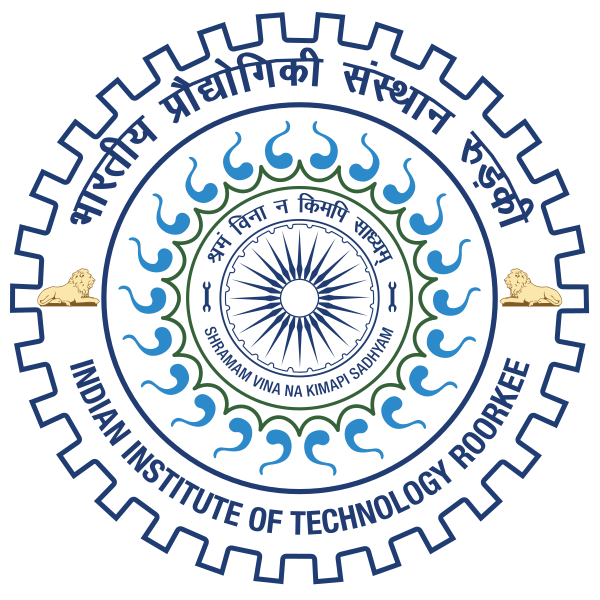Please use this identifier to cite or link to this item:
http://localhost:8081/jspui/handle/123456789/16015Full metadata record
| DC Field | Value | Language |
|---|---|---|
| dc.contributor.author | Jaiswal, Sakshi | - |
| dc.date.accessioned | 2024-12-04T10:55:33Z | - |
| dc.date.available | 2024-12-04T10:55:33Z | - |
| dc.date.issued | 2019-06 | - |
| dc.identifier.uri | http://localhost:8081/xmlui/handle/123456789/16015 | - |
| dc.description.abstract | It is difficult to process advanced materials such as composites with conventional processes to attain desired properties. Thus, non-conventional material processing techniques have gained popularity to develop composite materials. In the today’s scenario, demand of advanced materials to achieve high specific strength in aerospace industry and automobile sector is increasing, which motivates researchers to develop tailored materials and advanced processing techniques. In recent time, magnesium matrix composite are being researched for enhanced properties due to its lower weight. In the present work, an overview on different processing techniques used for development of magnesium matrix composite processed was studied. The merits and demerits of the different processes have been compared to understand ease of composite processing. A new composite process technique using microwave energy at 2.45 GHz frequency was explored. Microwave sintering was carried out for magnesium based metal matrix composite having reinforcement in amount (5%, 10% & 15% by weight) of SiC powder. Characterization for microstructures was performed using SEM/FESEM, optical microscope, EDS analysis. From optical micrograph, SEM images and EDS analysis, it was found that on increasing the amount of SiC particles in AZ91 alloy more Mg2Si and SiC phases were appeared in the sintered samples. Physical property i.e. density was measured using Archimedes principle and micro hardness test was performed to measure microwave sintered samples. Experimental density of the sintered samples were in the range of 85 to 90% of the theoretical density and micro hardness was more in sintered sample which had 5% SiC particle by weight. Moreover, all the results obtained from all analysis have been discussed. Subsequently, attention was focussed on the challenges in the proposed method and yield of the process. Future scope for the microwave sintering of magnesium based metal matrix composite is also outlined. | en_US |
| dc.description.sponsorship | INDIAN INSTITUTE OF TECHNOLOGY ROORKEE | en_US |
| dc.language.iso | en | en_US |
| dc.publisher | IIT ROORKEE | en_US |
| dc.subject | Metal Metrix Composite | en_US |
| dc.subject | SEM/FESEM | en_US |
| dc.subject | Microwave Energy | en_US |
| dc.subject | SEM Images | en_US |
| dc.title | SINTERING OF MAGNESIUM METAL MATRIX COMPOSITE BY MICROWAVE ENERGY | en_US |
| dc.type | Other | en_US |
| Appears in Collections: | MASTERS' THESES (MIED) | |
Files in This Item:
| File | Description | Size | Format | |
|---|---|---|---|---|
| G29285.pdf | 14.26 MB | Adobe PDF | View/Open |
Items in DSpace are protected by copyright, with all rights reserved, unless otherwise indicated.

